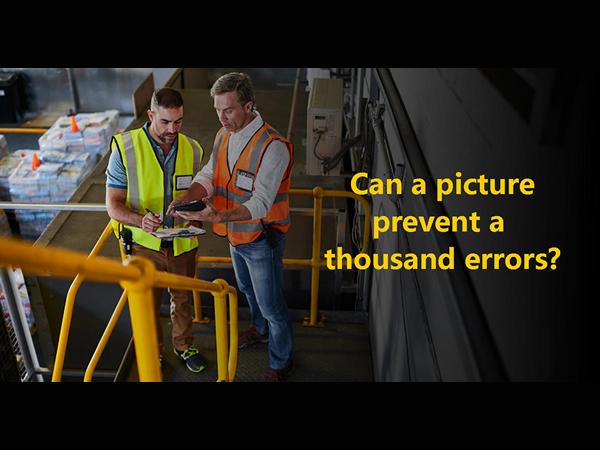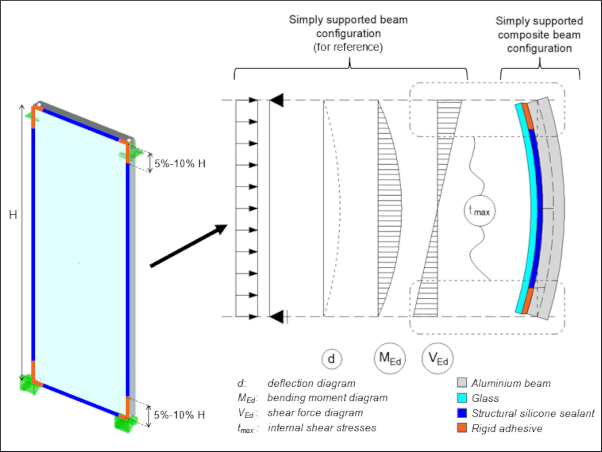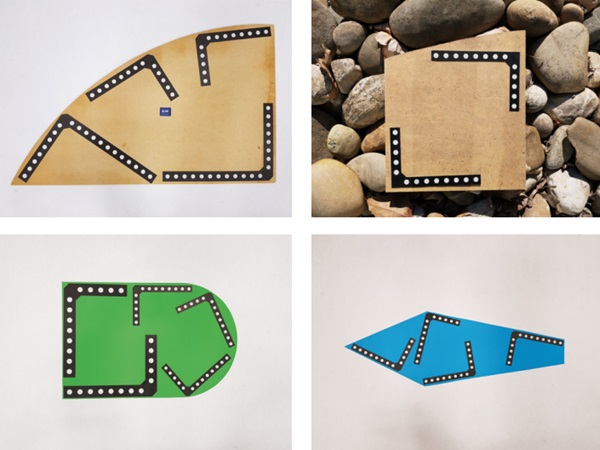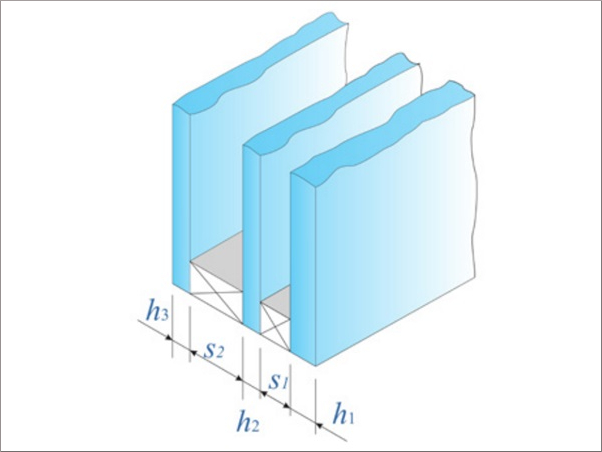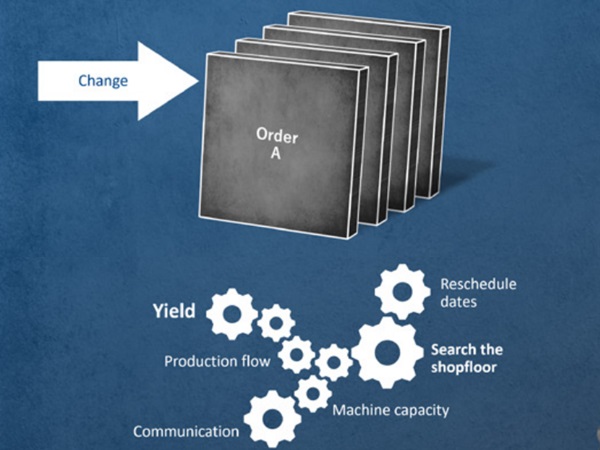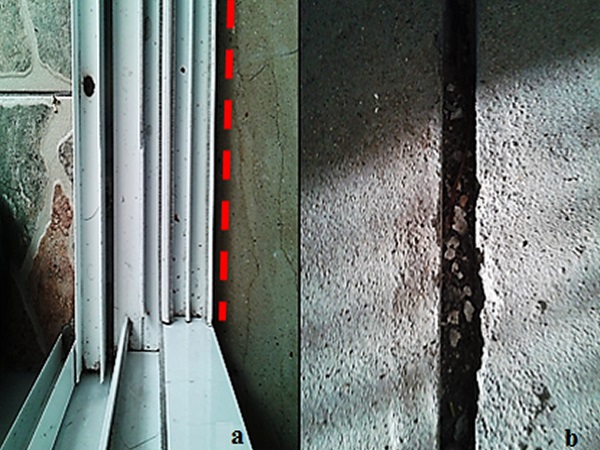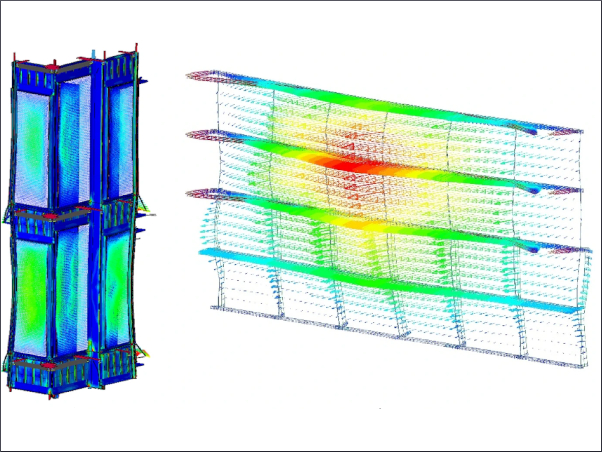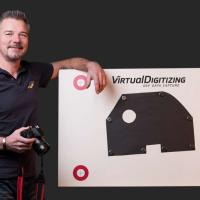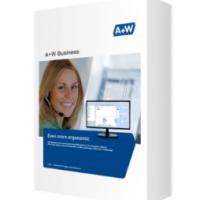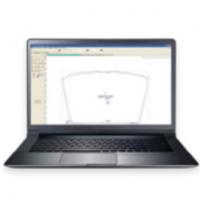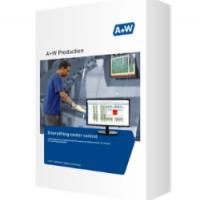If you’re only providing text traveler instructions, it could be they’re not getting the picture because you’re not giving them pictures.
You might already know this: two-thirds of the population are visual learners, as this article by Molly Reynolds in Inc. Magazine explains. And everyone does better when they can see what needs to be done.
Images can be the difference between understanding and getting it. And that difference can substantially reduce remake costs and order delays while improving efficiency.
Getting your workers there can be simpler than you think. You might—might—be able to include images using your current system, even if it is on paper or not designed for it.
Here’s how your work process can get the pictures.
When paper works
If your product has few variants, adding even a single image per product or station can produce benefits.
What would you add? A screenshot of a finished product, a schematic drawing of a machine or a CAD drawing of building materials product. Whatever helps.
You can even benefit by adding a non-image visual: highlighting.
Do you have a product option that adds significant value but is also the most likely to be forgotten during the manufacturing process? You can help prevent this by having someone highlight the traveler reports for this variant.
This can work well for one variant. But I’ve seen customers grab highlighters and identify 10 or more variants using vertical and horizontal marks. When the highlighting gets complicated, everything starts to look the same. Eventually, this tactic becomes an inefficient process with diminishing returns.
When you need something more
You might offer many options (think customized machinery). You might, like many make-to-order manufacturers, produce mass-customized items where each item is different in size, color or other options. Or you might accept orders and deliver large volume quickly, leaving little time to highlight.
Marking traveler reports by hand in these situations just doesn’t work. You need to automate.
A benefit of automating the addition of images is eliminating forgetting. Like forgetting to highlight or missing the important variants or neglecting to look at the report.
Can you add to what you have?
If you have manufacturing software and use barcoding, you might be able to add prompts to look at a note on the traveler report.
Users at work centers and the final quality station scan the barcode on the traveler report. A sound or other prompt alerts the user to look for special instructions.
If your system can do this, you can also take it a step further and add an image. This helps users who cannot read or who are not fluent in the language your system uses.
Sound simple? I’ve seen how implementing this method will immediately reduce remakes.
What if your process is parametric?
Don’t worry; parametricity is not contagious.
Parametric images are created through formulas. They are useful when you want to automatically create images for any application.
In this case, parametric images would be created from the engineering parameters from which your products are designed and shown wherever useful, like on the shop floor.
With low volumes, you could have someone create, print and share images for your production floor. At some point, this becomes unwieldy and inefficient.
When it does, the efficient choice is software that draws images on-the-fly within or is integrated with your product configurator. Which, if practically every product you make is different in some way, should be a dynamic product configurator.
In this setup, the software produces a to-scale image to share with production. At this point, it’s likely you have displays at key work centers. The images would be automatically produced and displayed.
In such a system, there would be no limits on the number or even type of image. You could even add video.
Why show only one image when you could show more than one? With visual work instruction systems, you scan a barcode and the user receives instructions on how to manufacture the unit. It’s automatic and customized for what is being manufactured.
Maybe your current system can do it
Clearly, a more capable solution will require investment. But if having accurate images on the production floor reduces errors immediately, having them produced and delivered automatically is easily the most reliable way to improve quality and efficiency.
Your software provider might already offer prompts, images or visual work instructions as options or have experience integrating third-party software. Asking your IT department or software vendor is the place to start.
While it might not be free, it may still easily pay for itself with reduced errors, field fixes, better throughput and improved reputation and customer relations.
Imagine a new employee starting today, scanning a barcode and seeing—and understanding—what they need to do. This can happen when your product configurator is integrated with your production software.
Your make-to-order manufacturing system likely uses a product configurator. The configurator produces images you might already be using to provide a good customer experience through the sales process. Why not take the image and give it to production automatically?
The three stages of need
Are there few steps and limited options that change the product image? Then static images are for you and paper may work.
Do dimensions and other options alter most product images? In this make-to-order environment, the higher the production volume, the more you can benefit from a solution that automatically creates parametric solutions.
This is also true if your product requires advanced knowledge to manufacture or there are many options/variations for every product. In this case, your best choice is likely a full visual work instruction solution.
None of this matters if your operation is already mistake-free. But you wouldn’t be reading this sentence if that were true.
Get the picture?

